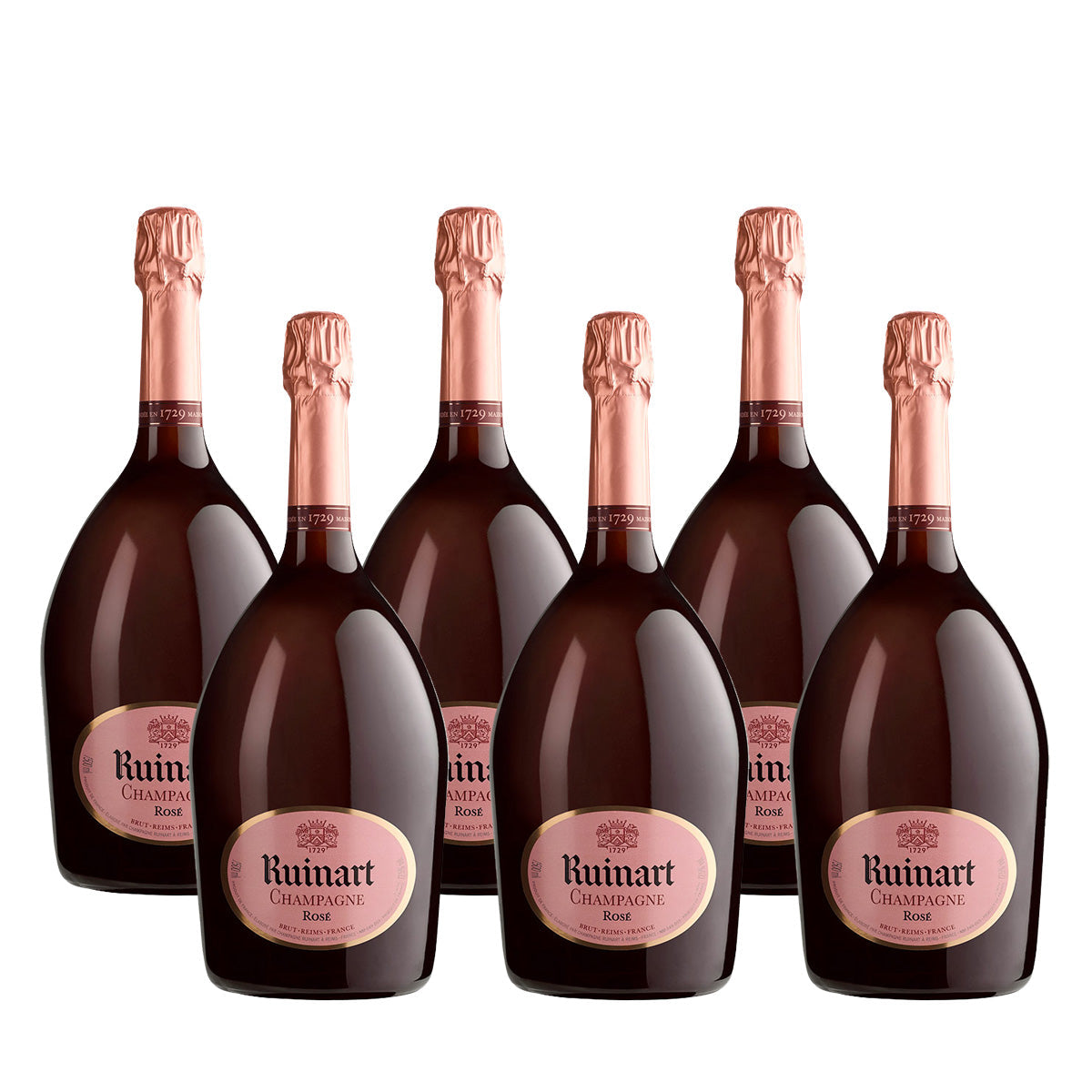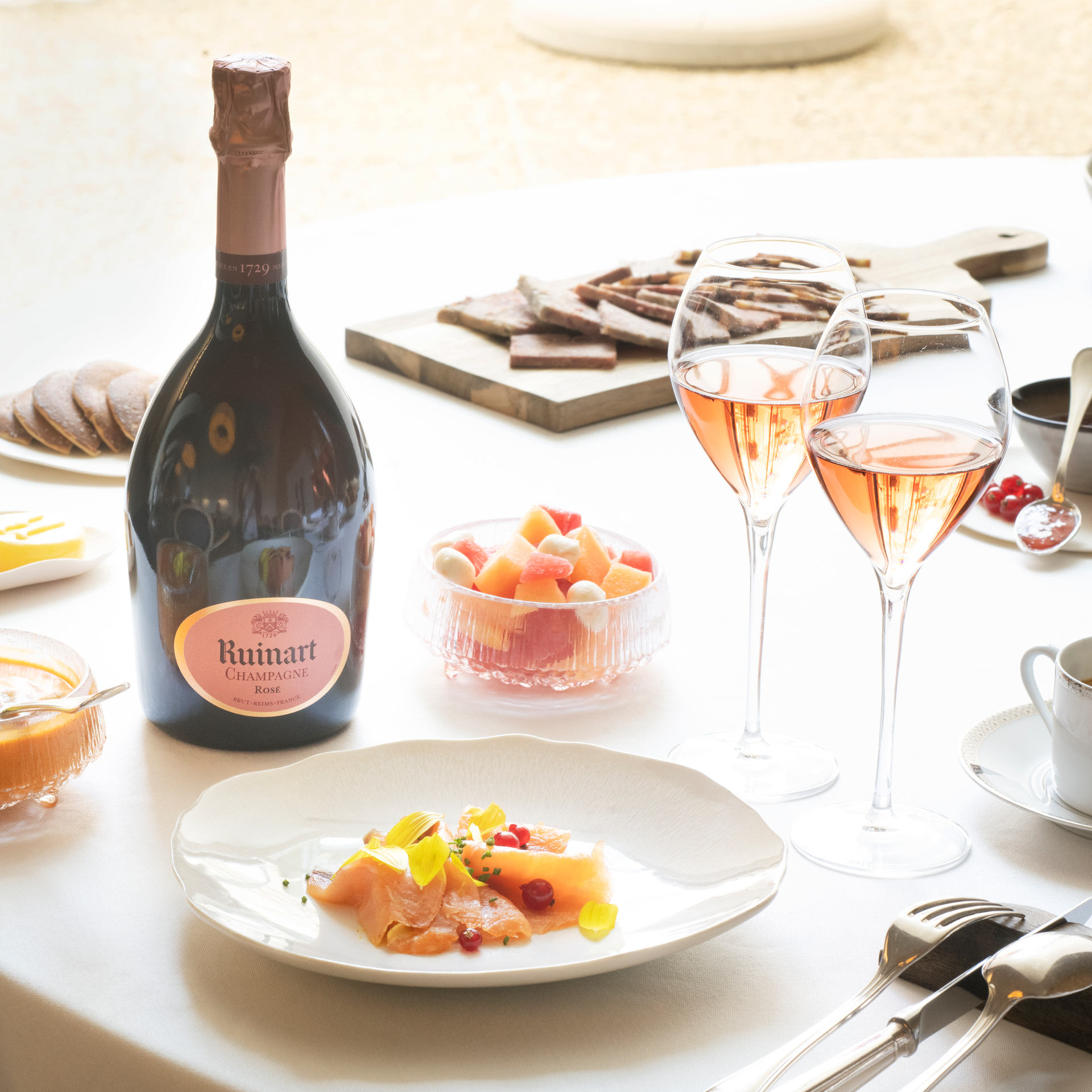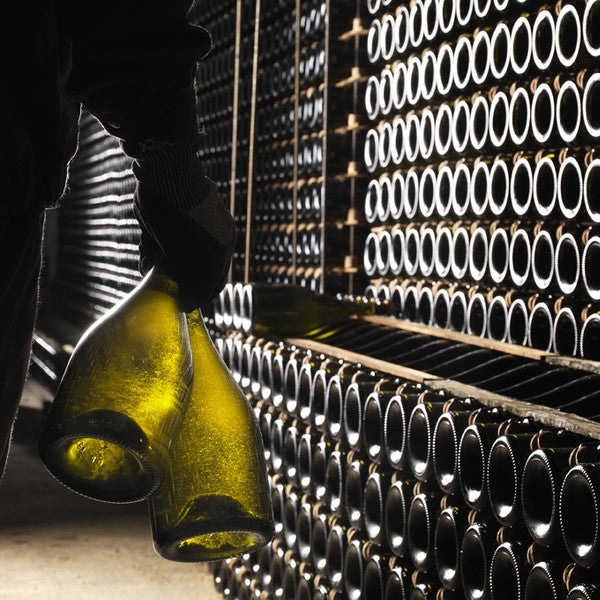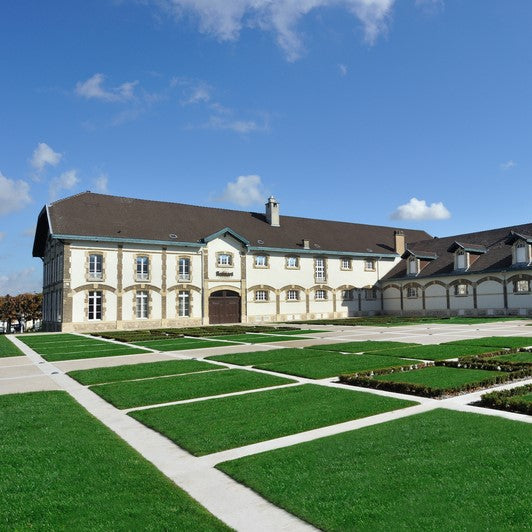Ruinart
Ruinart Rosé Case of 6
Ruinart Rosé Case of 6
The first ever rosé Champagne, the Ruinart Rosé was created in 1764. Iconic to Ruinart’s style, the rosé is a blend of freshness of Chardonnay, and the roundness & structure of Pinot Noir. Also known as the “cuvée gourmande” of Maison Ruinart, with its very recognizable bottle, this is a standout rosé.
Ruinart Rosé is a harmonious champagne that balances the aromatic freshness of Côte des Blancs and Montagne de Reims chardonnay (45%) with the fruitiness of Montagne de Reims and Vallée de la Marne pinot noir (43% vinified as white and 12% vinified as red).
HOW TO ENJOY
HOW TO ENJOY


Appearance: Ruinart Rosé reveals coral and rosewood hues.
Aroma: First impressions reveal intense aromas of tropical fruit such as
pomegranate, lychee and guava, complemented by floral essences of rose and
freshly picked red berries. Secondary aromas include hints of warm spices such
as tonka bean and nutmeg.
Palate: This cuvée’s fresh character is combined with a refined structure
and delicate roundness. The elegant finish provides notes of peppermint and
pink grapefruit.

Cellar Master Frédéric Panaïotis recommend pairing this champagne with oily fish and shellfish. It is also suitable for pairing with charcuterie and more powerful meats like duck.

- Harvested by hand
- A blend of 40–50 crus including 20–30% reserve wines kept from a range of vintages
- Alcoholic fermentation in temperature-controlled stainless steel vats
- Malolactic fermentation
- Aged in cellars for 2–3 years
- Dosage: 8 g/L
- Contains sulphites
- Alcohol content – 12.5% Vol.

Reims, Champagne France. The House of Ruinart is unlike any other. It was the first established House of Champagne in 1729 and inspired by the intuition of a monk well ahead of his time.
WORTH A TRY
EXCEPTIONALLY CRAFTED CHAMPAGNES
Cognac tradition. Craftmanship. Creativity. Centuries of expertise. Discover the full Hennessy Cognac range and enjoy a unique cognac tasting experience. Could Richard Hennessy and his eldest son James possibly have imagined at the end of the eighteenth century that, one day, their cognac would have travelled the world over, ignoring borders and challenging traditions?


